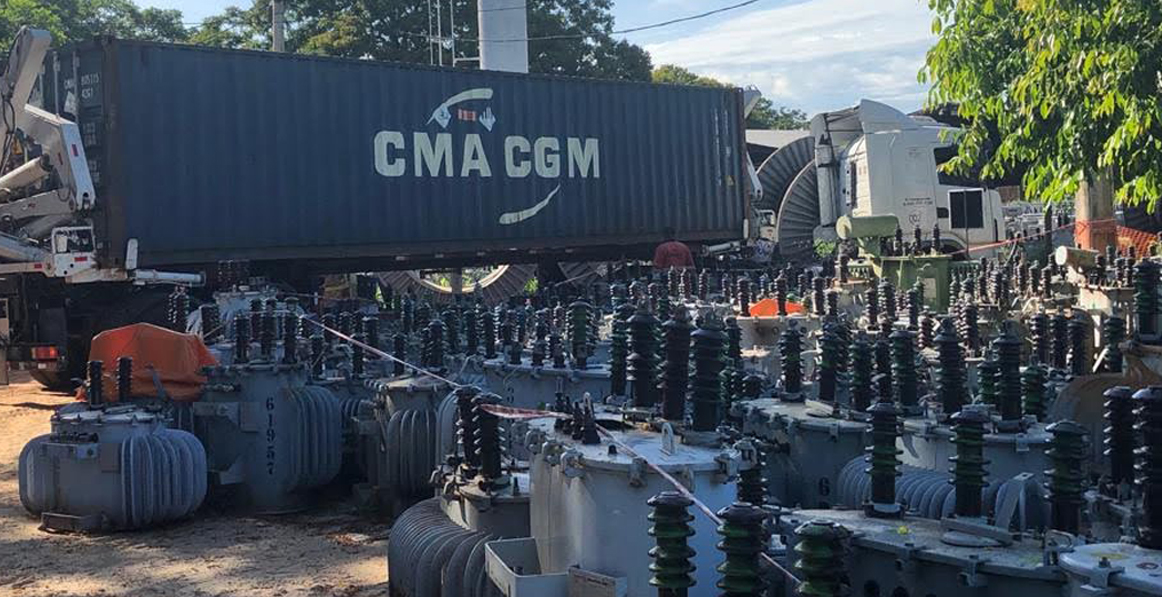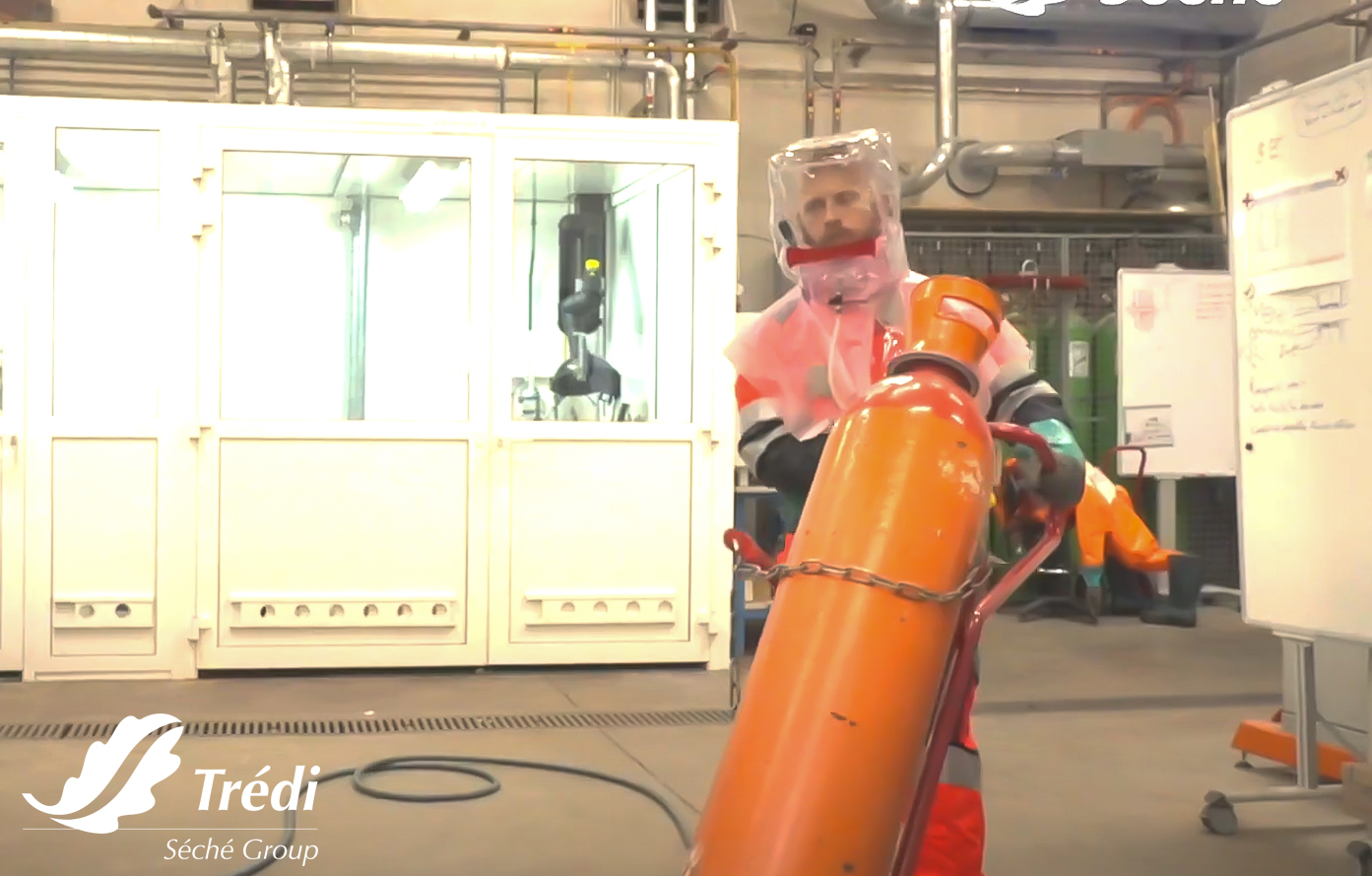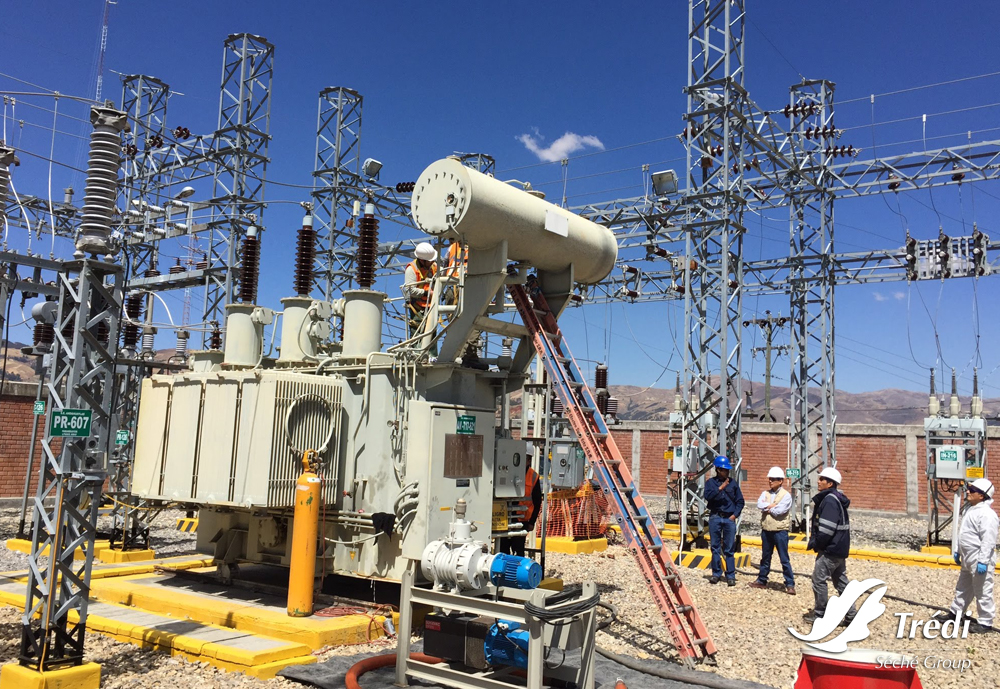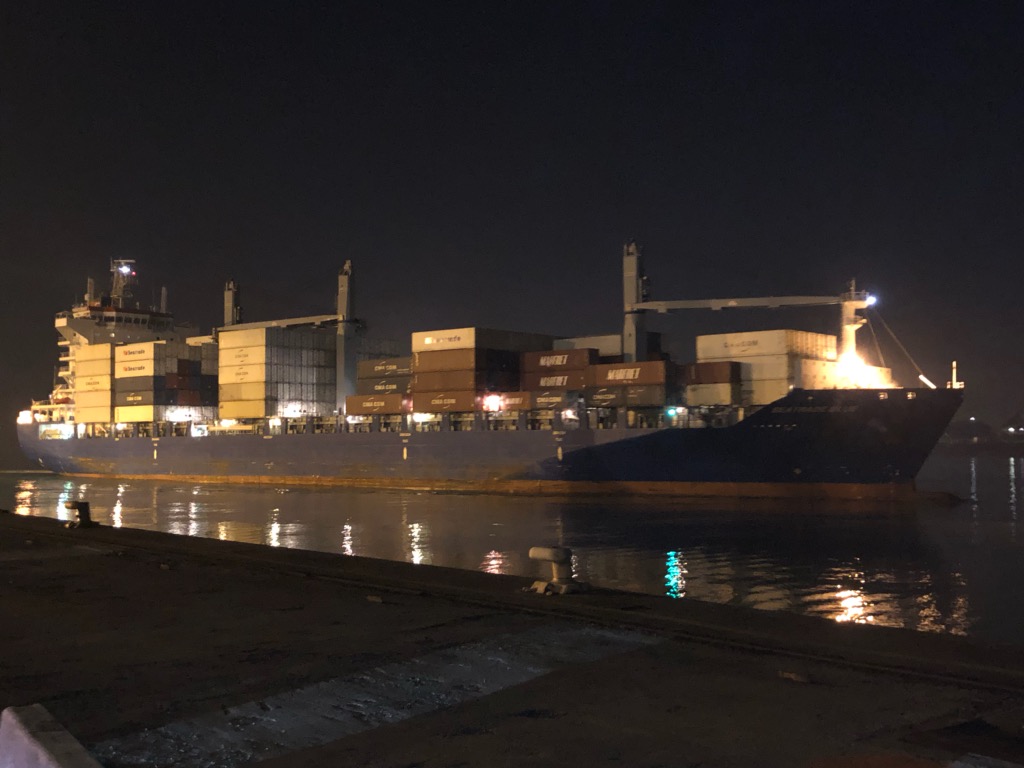
In Trédi Argentina, we are specialists in the integral management of PCB, covering all the aspects: from the treatment In Situ to the export. For us it is a priority to strictly comply with national and international legislation. In the following interview, Dr. Juan Carlos Federico Parmigiani presents us with the different regulations that involve the integral management of PCB in Argentina.
 Juan Carlos Federico Parmigiani
Juan Carlos Federico ParmigianiLawyer (Argentine Catholic University). Master in Business Law (Universidad Austral). Director / Associate at JP O’Farrell Abogados Law Firm. His responsibilities include the legal areas of environment, commercial and administrative contracts, corporate law, automotive law, mergers, and acquisitions, among others.
Federico Parmigiani: At a national level we have the following standards that regulate different aspects regarding PCBs.
Law 25670 (B.O.: 19/11/2002) and its Regulatory Decree 853/2007 (B.O.: 06/07/2007). Law of Minimum Budgets for the Management and Elimination of PCBs, in all the territory of the Nation in the terms of article 41 of the National Constitution.
This law has the importance of setting the basic and minimum guidelines on which the rest of the provinces must regulate on the matter (PCBs), being able to be more restrictive, but not more permissive with the maca demands by this law of minimum budgets.
This Joint Resolution prohibits in all the territory of the country the production, import, and commercialization of Polychlorinated Biphenyls and products and/or equipment containing them.
It also provides that the decontamination of equipment and disposal of polychlorinated biphenyls or equipment containing them should be treated as hazardous waste and will be covered in the recitals of Law No. 24,051 and other related rules at the provincial and municipal levels.
The PCB must be eliminated as Hazardous Waste.
Law 24051 regulates the generation, handling, transport, treatment, and final disposal of hazardous waste when it is generated or located in places under national jurisdiction or, even if located in the territory of a province, it is destined for transport outside of it, or when, at the discretion of the enforcement authority, such waste may affect people or the environment beyond the border of the province where it was generated, or when the hygienic or safety measures that should be taken in this respect have such a significant economic impact that it is advisable to standardize them throughout the territory of the Nation, in order to ensure effective competition for companies that must bear the burden of such measures.
In Annex I (Categories Subject to Control) of Law 24051 we find the following category that refers to the subject by classifying PCB: “Y10 Waste substances and articles that contain or are contaminated by polychlorinated biphenyls (PCB), polychlorinated triphenyls (PCT) or polybrominated biphenyls (PBB)”.
On the other hand, although the above-mentioned standards form the structure for the use, handling and subsequent treatment of PCBs, there are other standards at the national level that complement them.
They are the following:
Approves the Standards for the Use, Handling, and Safe Disposal of Polychlorinated Diphenyls and their Wastes.
Enables the National Integrated Registry of PCB Holders, which will operate within the scope of the National Directorate of Environmental Management.
It establishes that the National Integrated Registry of PCB Holders, enabled by resolution no. 313/2005, will gather the existing registries to date, incorporate those that will be created in the future and promote the implementation of the same in the jurisdictions where they are not created, providing technical assistance to that effect.
Creates the National Program for Integrated Management of PCBs to be developed under the auspices of the Undersecretariat of Environmental Control and Monitoring and Pollution Prevention of the Secretariat of Environment and Sustainable Development of the Cabinet of Ministers.
FP: As far as the Province of Buenos Aires is concerned, we can say that it was one of the provinces that created the most regulations on PCBs and was even more demanding in certain aspects than the same National Law 25670 on minimum requirements mentioned above.
Among the main regulations of this province are the following:
It establishes that any individual or legal entity that possesses ASKARELES, (Polychlorinated Biphenyls “PCB”) in use, in deposit, or as a residue or constituent of residues, must declare it before the Secretary of Environmental Policy
It also created the “Provincial Registry of PCB Holders” within the scope of the Secretariat of Environmental Policy.
This law refers to hazardous waste as does National Law 24051, but unlike the National Law, the province of Buenos Aires calls it “special” waste.
It regulates the generation, handling, storage, transport, treatment and final disposal of special waste in the territory of the Province of Buenos Aires, and is subject to the provisions of this law. Waste Category to be controlled: “Y) 10 Waste substances and articles containing or contaminated by polychlorinated biphenyls (PCB), polychlorinated triphenyls (PCT) or polybrominated biphenyls (PBB)”.
From such Resolution we can highlight the following aspects:
Amends Article 14 of Resolution Nº1118/02 of the former Secretariat of Environmental Policy, which is worded as follows
“All equipment that contains or may have contained these materials, must have an inscription in a legible place indicating absence or presence of PCB, as stipulated in Annex III that is part of this Resolution.”
It also replaces Annex III of Resolution No. 1118/02 with the following: “All equipment located in the territory of the Province of Buenos Aires containing PCBs in a concentration equal to or greater than 2 ppm. must display the following label: (precaution) and the equipment with a concentration lower than 2 ppm of PCB must exhibit the following label: (PCB free)…”
Amends Article 7 of Resolution No. 1118/02 to read as follows “To establish a Plan for the Elimination of PCBs in closed systems in the Province of Buenos Aires, which will have the following deadlines
Amends Article 5 of Resolution 1118/02 exclusively with regard to the meaning of the expressions “PCB-free fluid” and “disposal plan”, as follows:
“PCB-free fluid”: when the concentration of PCB is equal to or less than 0.0002% (or 2 ppm) determined according to standard ASTM D 4059 or other internationally recognized equivalents. “Disposal Plan”: a set of activities or processes aimed at reducing PCB concentrations in closed systems to 0.0002% (or 2 ppm) or less.
Resolution 376/2018. Provincial Organization for Sustainable Development (B.O.: 16/07/2018).
It establishes the category of “Reclassified”, Equipment that has gone through a decontamination process and whose PCB concentration, after 90 (ninety) days of the end of the treatment and the start of the loading and uninterrupted operation, is less than 50 ppm.
FP: Yes, PCBs can be treated in the country as long as their concentration does not exceed 5000 ppm.
PCB waste considered pure (with concentrations higher than 5000 ppm) must be exported for final disposal in compliance with the Basel Convention (Law 23922 in Argentina).
Today there is no possibility of treating PCB in concentrations higher than 5000 ppm and, in this sense, this impossibility of treatment in the country enables the possibility that emerges from the above-mentioned Convention for the export of PCB as a hazardous waste, and thus, to be able to give it an adequate environmental treatment abroad.
For this purpose, certain legal requirements must be met, such as
FP: The limits differ mainly between those established by the Nation and the Province of Buenos Aires. The other provinces in general adhered to the national limits.
For National Law 25670 the limits are:
PCBs are “polychlorinated biphenyls (PCBs), polychlorinated terphenyls (PCTs), monomethyltetrachlorodiphenylmethane, monomethyldichlorodiphenylmethane, monomethyldibromodiphenylmethane, and any mixture containing more than 0.005% by weight of any of the above-mentioned substances”.
For the Province of Buenos Aires, according to Resolution 1118/2002, the limit value is 0.0002 % (or 2 ppm) determined according to standard ASTM D 4059 or other internationally recognized equivalents. When the concentration is higher than 2 ppm, the equipment can be said to have PCB or at least be contaminated with such substance.
Other considerations within the framework of the Provincial Resolution are the following:
“Waste or substance contaminated with PCB”:
FP: We must consider that for the National Law it maintains the criteria with PCB limits at a concentration above 0.005% in weight (50ppm).
As we have seen, in the Province of Buenos Aires, a non-porous solid is defined as one that contains a concentration of more than 10 micrograms/dm2 of PCB on its surface, and a porous solid is defined as one that contains PCBs with a concentration of more than 50 ppm.
FP: National and Provincial regulations do not provide for differentiation in concentration limits according to the different areas, whether they are residential, rural or industrial.
The limits continue to be the same as those mentioned so far, summarizing for both the National and the Provincial regulations of Buenos Aires, which are 50 ppm and 2 ppm respectively.
However, regulatory decree 831/93 of National Law 24051 on hazardous waste establishes the following limit values:
Soil quality guide levels. (ug/g dry weight= ppm)
Agricultural use: 0.5 ppm
Residential use: 5 ppm
Industrial use: 50 ppm



